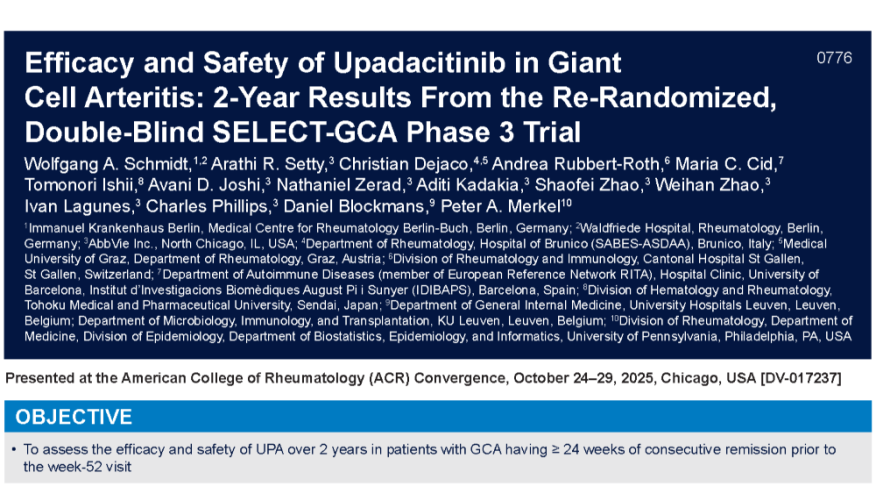Best of 2021: Potential Birth Defects with Hydroxychloroquine Save

Hydroxychloroquine (HCQ) is one of the safest meds used in rheumatology, but there is new claims data suggesting a small increase in the risk of malformations associated with first-trimester HCQ use.
While HCQ is generally considered safe in pregnancy, studies have been too few and too small to evaluate teratogenicity. The March 2021 issue of the American Journal of Obstetrics and Gynecology studied the risk of major congenital malformations during the first trimester of pregnancy (during organogenesis) in women with rheumatic disease taking HCQ.
Population-based claims data was extracted frm both the Medicaid MarketScan Databases ( 2003–2015). They compared 2045 HCQ-exposed pregnancies to 3,198,589 non-exposed pregnancies, with a focus on those exposed in the first 3 mos. of pregnancy. Propensity score matching for nearly 80 variables matched both groups. The outcomes considered included major congenital malformations diagnosed during the first 90 days after delivery and specific malformation types for which there were at least 5 exposed events: oral cleft, cardiac, respiratory, gastrointestinal, genital, urinary, musculoskeletal, and limb defects.
Of those pregnancies exposed to early HCQ use, the rate of congenital malformations was 54.8 per 1000 infants. Raw analysis showed a nearly 50% higher than the control (un-exposed) population (35.3 per 1000) with an unadjusted relative risk of 1.51 (95% confidence interval, 1.27–1.81).
When the cohorts were propensity score–matched, the adjusted relative risk was 1.26 (1.04–1.54). When dose was considered:
- Daily dose ≥400 mg - adjusted RR = 1.33 (1.08–1.65)
- Daily dose < 400 mg - adjusted RR = 0.95 (0.60–1.50)
No consistency or pattern of defects were seen, but there were substantial increases in the risk of oral clefts, respiratory anomalies, and urinary defects.
The authors concluded that, even with this small but significant increased risk of defects, the known benefits of HCQ treatment during pregnancy will likely outweigh this first time identified risk in women with rheumatic disorders.
The strengh of this study was the cohort size, but a limitation was that this was a retrospecitve insurance claims analysis.
Commentary by Bermas and Chambers cautions readers about over-interpretation of these findings as:
- These findings only meet one of severa criteria needed to establish teratogenicity
- There may be unmeasured confounding in claims data analysis
- There was no particular pattern of anomalies found.
- HCQ has well established and proven efficacy in controlling lupus during pregnancy and improving fetal outcomes in both lupus and antiphospholipid syndrome patients
- ACR reproductive health guidelines strongly endorse HCQ use during pregnancy, stating, "We recommend that all women with SLE take hydroxychloroquine (HCQ) during pregnancy if possible. If a patient is already taking HCQ, we strongly recommend continuing it during pregnancy; if she is not taking HCQ, we conditionally recommend starting it if there is no contraindication".
Dr. Donald Thomas, author of "The Lupus Encyclopedia", also noted that this "association" study is not a causation study and that the data should not be misinterpreted as a reason to turn away from our current practices to adopt non-use of HCQ during pregnancy.
Such data should lead to other large cohort studies to further establish the efficacy and potential risk of using HCQ during pregnancy.
Editor's note: This article originally appeared July 13, 2021, and is being republished today as part of RheumNow's Best of 2021.











If you are a health practitioner, you may Login/Register to comment.
Due to the nature of these comment forums, only health practitioners are allowed to comment at this time.